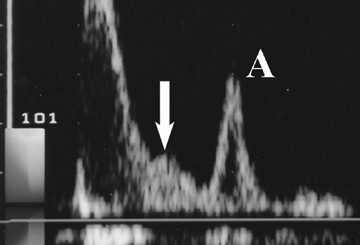Nephrology MCQs- III
Contents
- 1 Creatinine clearance declines by an average of ---------- after age 40 years as part of the aging process.
- 2 Creatinine is not a perfect indicator of GFR for the following reasons EXCEPT -
- 3 All of the following are exogenous marker for GFR measurement EXCEPT -
- 4 Reduced BUN levels are seen in -
- 5 BUN : creatinine ratio increases in all of the following EXCEPT -
- 6 All of the following are CORRECT EXCEPT -
- 7 All of the following are indications of Renal biopsy EXCEPT =
- 8 AKI is defined as an absolute increase in serum creatinine by --------- within 48 hours
- 9 RIFLE criteria is used for evaluation of -
- 10 AKI can be diagnosed if any one of the following is present EXCEPT:
Creatinine clearance declines by an average of ---------- after age 40 years as part of the aging process.
Creatinine clearance declines by an average of 0.8 mL/min/yr after age 40 years as part of the aging process.
Creatinine is not a perfect indicator of GFR for the following reasons EXCEPT -
Creatinine is a product of muscle metabolism produced at a relatively constant rate and cleared by renal excretion. Which is good for being a perfect indicator of GFR.
All of the following are exogenous marker for GFR measurement EXCEPT -
Exogenous markers for GFR Measurement -
Inulin, Iohexol, Iothalamate
Endogenous markers for GFR Measurement - GFR is commonly estimated using serum levels of endogenous markers. Creatinine, urea, cystatin C, beta-trace protein, and beta-2 microglobulin.
Reduced BUN levels are seen in -
Reduced BUN levels are seen in liver disease and in the syndrome of inappropriate antidiuretic hormone (SIADH).
BUN : creatinine ratio increases in all of the following EXCEPT -
BUN : creatinine ratio -
low BUN-to-creatinine ratio may be caused by
-diet low in protein,
- severe muscle injury[rhabdomyolysis] ,
- pregnancy, cirrhosis,
- syndrome of inappropriate antidiuretic hormone secretion (SIADH).
All of the following are CORRECT EXCEPT -
Creatinine clearances - overestimate GFR
Urea clearances - underestimate GFR
All of the following are indications of Renal biopsy EXCEPT =
Uncontrollable severe hypertension - Contraindication for Renal Biopsy
AKI is defined as an absolute increase in serum creatinine by --------- within 48 hours
AKI is defined as an absolute increase in serum creatinine by 0.3 mg/dL or more within 48 hours or
a relative increase of at least 1.5 times baseline that is known or presumed to have occurred within 7 days.
RIFLE criteria is used for evaluation of -
RIFLE criteria, proposed by the Acute Dialysis Quality Initiative (ADQI) group, aid in assessment of the severity of a person's acute kidney injury.
AKI can be diagnosed if any one of the following is present EXCEPT:
Introduced by the KDIGO in 2012 - specific criteria exist for the diagnosis of AKI.
AKI can be diagnosed if any one of the following is present:
Increase in SCr by ≥0.3 mg/dl (≥26.5 μmol/l) within 48 hours; or
Increase in SCr to ≥1.5 times baseline, which has occurred within the prior 7 days; or
Urine volume < 0.5 ml/kg/h for 6 hours.





